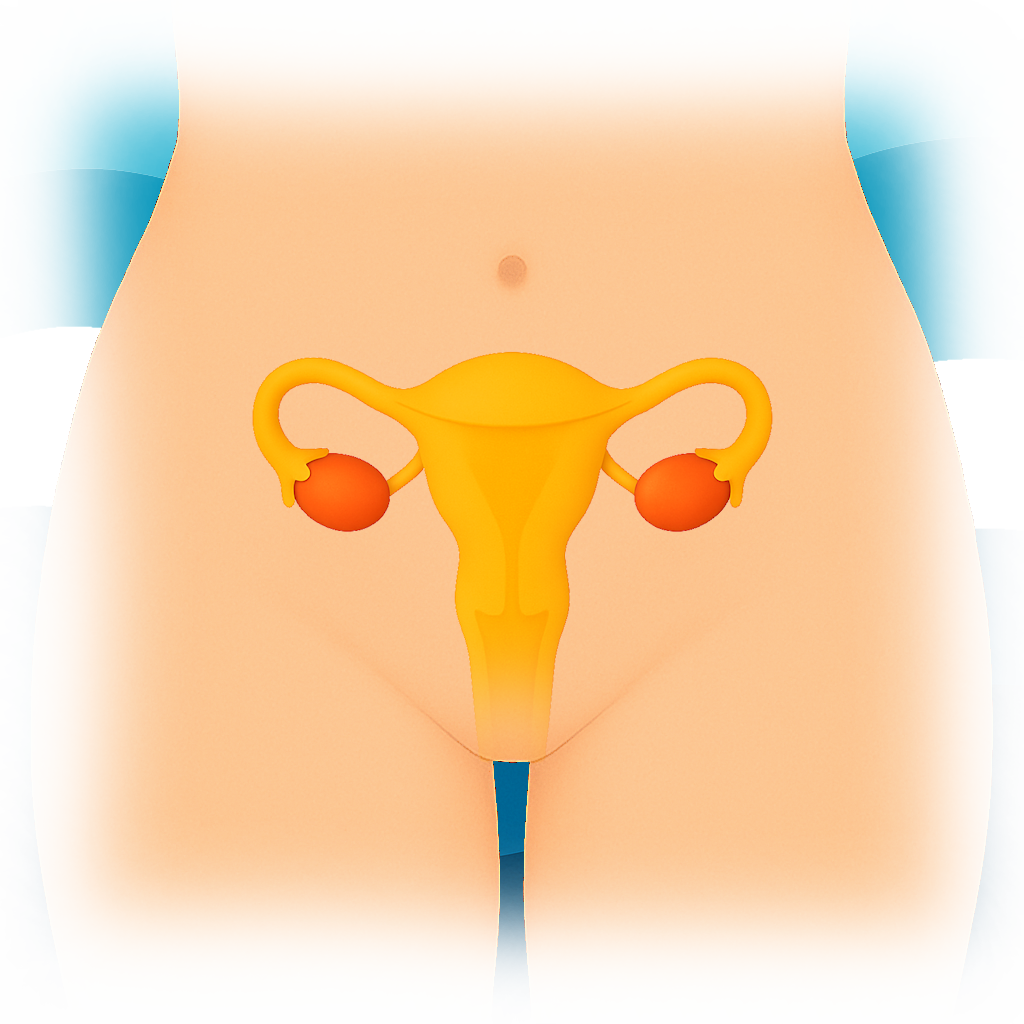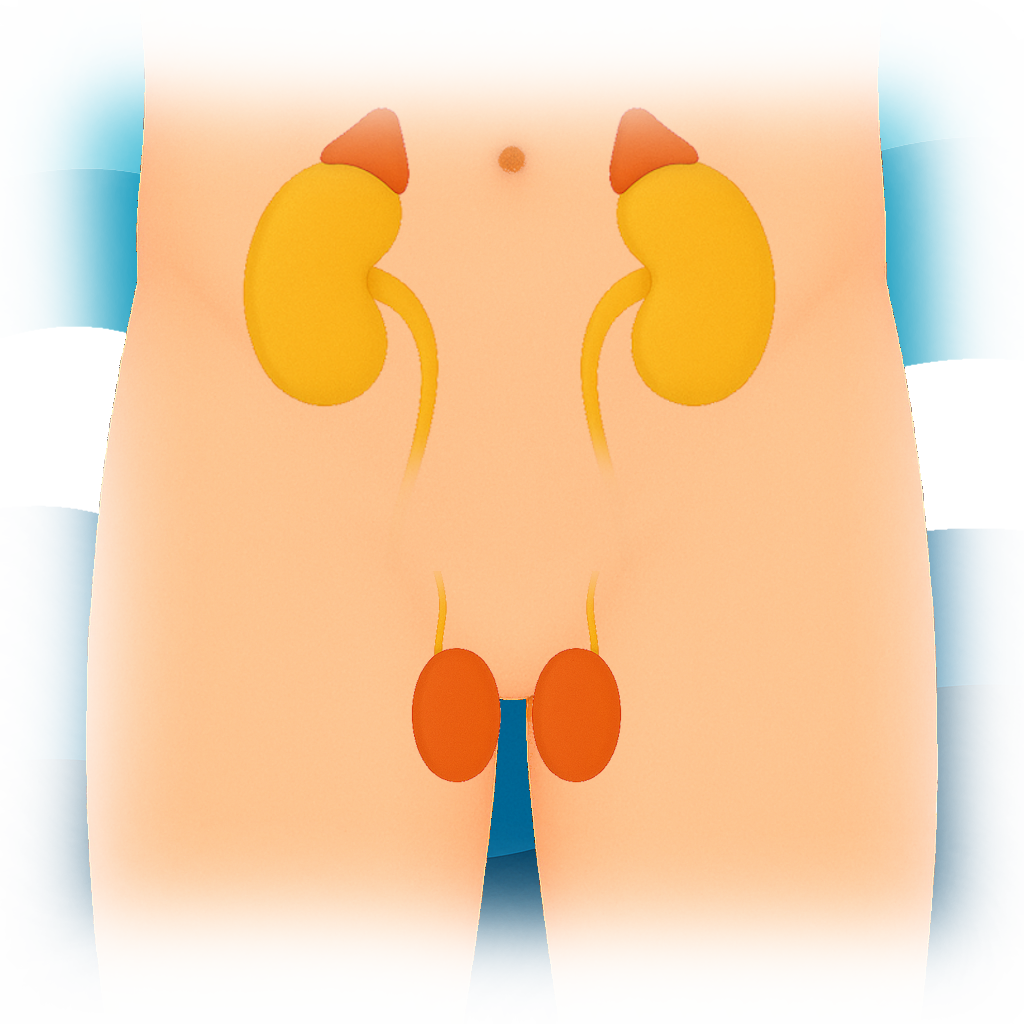Estradiol Ultrasensitive Test Most Popular
The Estradiol Ultrasensitive Test measures very low levels of estradiol (E2), the primary form of estrogen, to evaluate reproductive and endocrine health. It is especially useful for men, children, postmenopausal women, and patients on hormone therapy. Doctors use this test to assess fertility issues, menstrual irregularities, delayed or early puberty, and monitor treatment for hormone-sensitive cancers or endocrine disorders.
- $244.49
- $49.95
- Save: 79.57%
The following is a list of what is included in the item above. Click the test(s) below to view what biomarkers are measured along with an explanation of what the biomarker is measuring.
Also known as: Estradiol Ultrasensitive LCMSMS
Estradiol, Ultrasensitive
The Estradiol Ultrasensitive Test test contains 1 test with 1 biomarker .
Testing Method: Chromatography/Mass Spectrometry
Collection Method: Blood Draw ![]()
Specimen: 0.5 mL Refrigerated Red Top Serum 
Test Preparation: No preparation required
When is an Estradiol Ultrasensitive test ordered?
An Estradiol Ultrasensitive test may be ordered in the following situations:
-
Assessment of Reproductive Health: The test is commonly ordered during the evaluation of reproductive health in women. It helps monitor ovarian function, assess menstrual irregularities, and evaluate fertility-related concerns.
-
Menopausal Transition: An Estradiol Ultrasensitive test is useful in monitoring hormone levels during the menopausal transition. It helps determine the stage of menopause and guide hormone replacement therapy decisions.
-
Evaluation of Hormone Therapy: For individuals undergoing hormone replacement therapy, the test may be ordered to monitor estradiol levels and ensure that hormone levels are within the desired range.
What does an Estradiol Ultrasensitive blood test check for?
 |
 |
Estradiol, or E2, is a component of Estrogen that is present in the blood. For women, Estradiol is something that should be produced naturally, and the body produces larger amounts of Estradiol during puberty and it fluctuates throughout the menstrual cycle. Estradiol is most prominent in women of reproductive age. Low levels are common in girls who have not yet had their first menstrual cycle and in women after their reproductive age.
Lab tests often ordered with an Estradiol Ultrasensitive test:
When an Ultrasensitive Estradiol test is ordered, it is often part of a broader evaluation of hormonal health. Here are some tests commonly ordered alongside it:
-
Follicle-Stimulating Hormone (FSH) and Luteinizing Hormone (LH):
- Purpose: These hormones regulate the menstrual cycle and estrogen production in women and are involved in testosterone production in men.
- Why Is It Ordered: To assess ovarian function in women, including menopause status, and to evaluate testicular function in men. Elevated levels in women can indicate menopause or diminished ovarian reserve.
-
- Purpose: Progesterone is a hormone involved in the menstrual cycle and pregnancy.
- Why Is It Ordered: To assess the balance between estrogen and progesterone, especially in evaluating menstrual irregularities, infertility, or symptoms of menopause.
-
Testosterone (Total and Free):
- Purpose: Testosterone is a key hormone in both men and women, affecting sexual function, muscle mass, and bone health.
- Why Is It Ordered: To evaluate overall hormonal balance. In men, it’s important for assessing hypogonadism or the effects of testosterone replacement therapy.
-
Sex Hormone Binding Globulin (SHBG):
- Purpose: SHBG binds to sex hormones in the blood, affecting their availability and activity.
- Why Is It Ordered: To understand the levels of bioavailable hormones, including estrogen and testosterone.
-
- Purpose: DHEA-S is an androgen precursor produced by the adrenal glands.
- Why Is It Ordered: To evaluate adrenal gland function and the source of androgens, which can be converted to estrogen in the body.
-
- Purpose: To provide a general overview of health.
- Why Is It Ordered: While not directly related to estrogen levels, a CBC can provide insights into overall health status.
-
Thyroid Function Tests (TSH, Free T3, Free T4):
- Purpose: To assess thyroid function.
- Why Is It Ordered: Thyroid hormones can influence menstrual cycles and overall hormonal balance.
-
- Purpose: Prolactin is a hormone that can affect menstrual function in women and sexual function in men.
- Why Is It Ordered: Elevated prolactin levels can disrupt the normal balance of reproductive hormones.
These tests, when ordered alongside an Ultrasensitive Estradiol test, provide a comprehensive view of an individual's hormonal status and can assist in diagnosing and managing conditions related to hormonal imbalances, reproductive health, and endocrine disorders. The specific tests selected will depend on the individual’s symptoms, sex, and medical history.
Conditions where an Estradiol Ultrasensitive test is recommended:
An Estradiol Ultrasensitive test may be required in the following conditions or diseases:
-
Menstrual Irregularities: The test helps identify hormonal imbalances that may contribute to menstrual irregularities such as amenorrhea, oligomenorrhea, or heavy menstrual bleeding.
-
Menopause or Perimenopause: During the menopausal transition, estrogen levels fluctuate, and monitoring estradiol levels helps determine the stage of menopause and guide appropriate management.
-
Fertility Issues: The Estradiol Ultrasensitive test assists in assessing ovarian function and evaluating fertility-related concerns, including infertility or polycystic ovary syndrome (PCOS).
How does my healthcare provider use an Estradiol Ultrasensitive test?
Health care providers use the results of an Estradiol Ultrasensitive test to:
-
Evaluate Reproductive Health: Estradiol levels provide valuable information about the functioning of the reproductive system, helping health care providers assess menstrual irregularities, fertility issues, or hormonal imbalances.
-
Guide Hormone Replacement Therapy: For women undergoing hormone replacement therapy, monitoring estradiol levels ensures that hormone levels are appropriately maintained, optimizing the benefits and minimizing potential risks.
-
Monitor Menopausal Transition: By tracking estradiol levels, health care providers can determine the stage of menopause and make informed decisions regarding hormonal interventions or treatments.
The interpretation of Estradiol Ultrasensitive test results involves considering the patient's symptoms, medical history, and other relevant factors to provide personalized care and appropriate treatment recommendations.
What do my Estradiol test results mean?
Estradiol is one of the three Estrogens that have a large impact on the women's body throughout the menstrual cycle. When these hormones are too high or too low, it could cause irregular bleeding, infertility, complications with menopause, and delayed or premature puberty. Out of range levels can also be indicative of an ovarian condition such as PCOS. It is important to note that these values will fluctuate throughout a woman's cycle. The Estrogen hormones work together and if one is out of range, the others may also be out of range. It is recommended to follow up with a licensed healthcare professional to determine the best treatment if need.
Most Common Questions About the Ultrasensitive Estradiol test:
Understanding the Ultrasensitive Estradiol Test and Its Purpose
What is the Ultrasensitive Estradiol test?
The Ultrasensitive Estradiol test is a blood test designed to measure very low levels of estradiol, a type of estrogen, in the blood. It is particularly useful when routine estradiol testing isn't sensitive enough, like in men, children, or postmenopausal women.
Why is the Ultrasensitive Estradiol test performed?
The Ultrasensitive Estradiol test is performed to assess estrogen production. It can be used to diagnose disorders of sexual development, early or delayed puberty, and conditions where low estrogen levels are suspected, like hypogonadism or menopause.
Who should get the Ultrasensitive Estradiol test?
This test is recommended for individuals, mainly men, children, or postmenopausal women, where routine estradiol tests aren't sensitive enough to detect low levels of estrogen.
Interpreting Test Results and Abnormal Findings
What do results of the Ultrasensitive Estradiol test mean?
Results of this test indicate the amount of estradiol in the blood. Low levels may suggest conditions like hypogonadism, menopause, or disorders of sexual development, while high levels may indicate conditions like gynecomastia in men or ovarian tumors.
What could cause elevated levels of estradiol in the Ultrasensitive Estradiol test?
Elevated levels of estradiol may be due to a variety of conditions, such as ovarian or adrenal tumors, liver disease, or certain medications. In men, high levels may be seen in gynecomastia or conditions causing feminization.
What could cause low levels of estradiol in the Ultrasensitive Estradiol test?
Low estradiol levels could indicate hypogonadism, pituitary disorders, eating disorders, strenuous exercise, or menopause in women. It could also suggest disorders of sexual development in children.
Understanding the Implications and Health Impact
What role does estradiol play in the body?
Estradiol is the main form of estrogen and plays vital roles in the body. In women, it regulates menstrual cycle and supports reproductive health. It also affects bone health, cardiovascular function, mood, and cognitive function in both genders.
What health conditions can be associated with abnormal estradiol levels?
Abnormal estradiol levels can be associated with various health conditions, including ovarian cysts, tumors, menopause, pituitary disorders, and conditions causing feminization in men. Low levels can also be associated with osteoporosis due to estradiol's role in bone health.
Risk Factors, Prevention, and Treatment
How can I influence my estradiol levels? Estradiol levels can be influenced by lifestyle factors, such as maintaining a healthy weight, consuming a balanced diet, getting regular exercise, and avoiding excess alcohol. Certain medications, like hormone replacement therapy, can also affect estradiol levels.
Can medication help regulate abnormal estradiol levels?
Yes, medications can be used to regulate estradiol levels. Hormone replacement therapy may be used to increase low levels, while certain drugs can be used to reduce high estradiol levels, depending on the underlying cause.
What happens if abnormal estradiol levels are left untreated?
If left untreated, abnormal estradiol levels can lead to various health problems, depending on the underlying condition. High estradiol levels can lead to symptoms of feminization in men and increase the risk of certain cancers. Low levels can lead to symptoms of menopause and increase the risk of osteoporosis.
How does the Ultrasensitive Estradiol test relate to other hormone tests?
The Ultrasensitive Estradiol test is often performed alongside other hormone tests, like follicle-stimulating hormone (FSH) and luteinizing hormone (LH), to provide a comprehensive view of an individual's hormonal balance and help identify possible disorders.
How often should I get an Ultrasensitive Estradiol test?
The frequency of the Ultrasensitive Estradiol test depends on your individual circumstances. Your healthcare provider will recommend how often you should get tested based on your medical history, symptoms, and risk factors.
Can pregnancy influence the results of an Ultrasensitive Estradiol test?
Yes, pregnancy can significantly increase estradiol levels, as the hormone is crucial for maintaining pregnancy and promoting fetal development. Therefore, this factor must be taken into account when interpreting test results.
What is the relationship between estradiol and menopause in women?
During menopause, the ovaries produce less estradiol, leading to symptoms like hot flashes, night sweats, mood swings, and vaginal dryness. The Ultrasensitive Estradiol test can be used to confirm menopause by showing a decrease in estradiol levels.
We advise having your results reviewed by a licensed medical healthcare professional for proper interpretation of your results.


